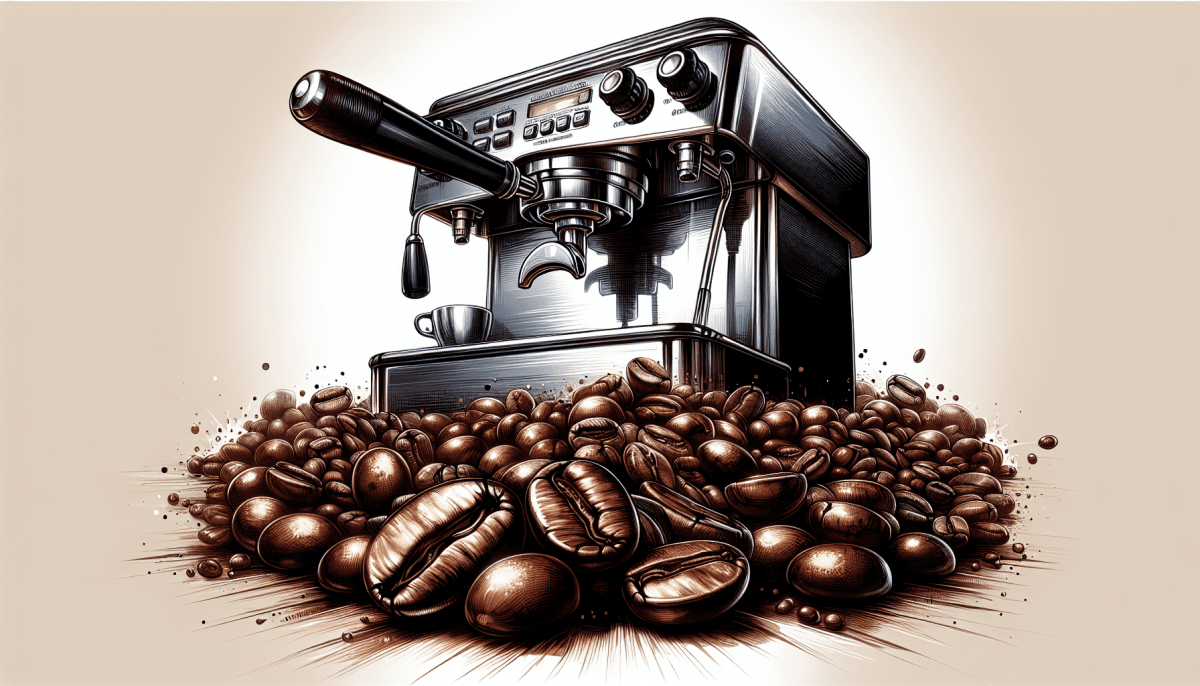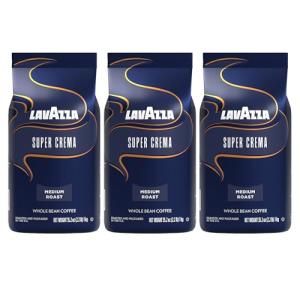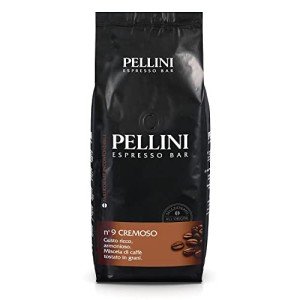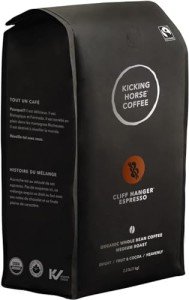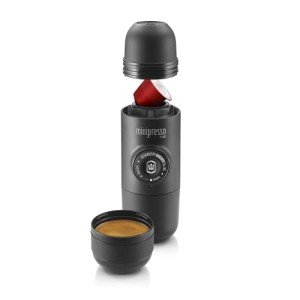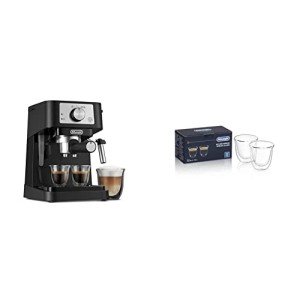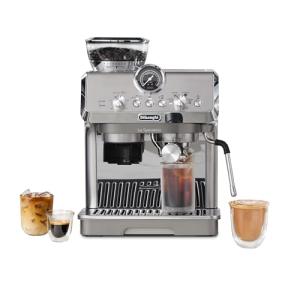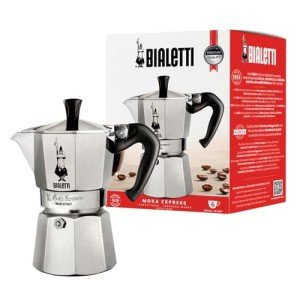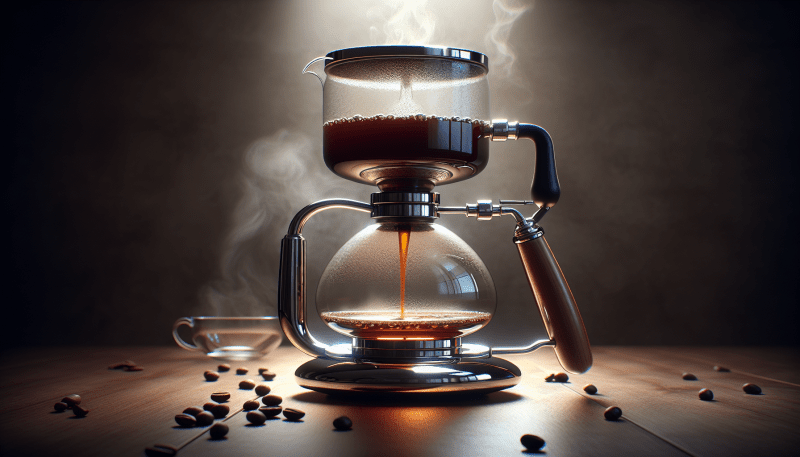Best Coffee Beans for Espresso Machines: What to Look For?
Espresso, that concentrated shot of coffee, is the foundation of many beloved coffee drinks like lattes, cappuccinos, and macchiatos. Achieving the perfect espresso shot at home starts with selecting the right coffee beans. But with so many options available, how do you choose the best? This comprehensive guide will walk you through the key factors to consider when buying coffee beans for your espresso machine, ensuring every cup is a delightful experience.
1. Understanding the Basics of Espresso Beans
Before delving into the specifics, let's first cover some fundamental aspects of coffee beans and their role in espresso production.
1.1 What Makes a Bean "Espresso"?
Contrary to popular belief, there isn't a specific "espresso bean." Any coffee bean can be used to make espresso. The term "espresso" refers to the brewing method, which involves forcing hot water under pressure through finely ground coffee. However, specific bean characteristics and roast profiles are better suited for this method.
1.2 Arabica vs. Robusta
The two primary types of coffee beans are Arabica and Robusta.
- Arabica: Known for its complex flavors, higher acidity, and aromatic qualities. It's generally preferred for espresso due to its sweetness and nuanced taste.
- Robusta: Contains more caffeine and has a stronger, more bitter flavor with a rubbery or burnt undertone. It's often used in espresso blends to enhance crema and provide a caffeine kick.
While Arabica is often favored for espresso, blends incorporating a small percentage of Robusta can create a richer crema and bolder flavor.
2. Key Factors to Consider When Choosing Espresso Beans
Selecting the right beans can significantly impact the taste and quality of your espresso. Here's what to look for:
2.1 Roast Level
The roast level of coffee beans dramatically affects their flavor profile. For espresso, darker roasts are generally preferred.
- Light Roast: High acidity, bright and fruity flavors. Not typically recommended for espresso as it can taste sour.
- Medium Roast: Balanced acidity and body, with notes of caramel, chocolate, and nuts. It can be used for espresso, but may lack the intensity some prefer.
- Dark Roast: Lower acidity, full body, and rich, deep flavors like dark chocolate, roasted nuts, and spice. Ideal for espresso, providing the classic bold taste.
- Italian/French Roast: Very dark, almost burnt. Can be overly bitter and lack complexity; use with caution.
Darker roasts are favored for espresso because the roasting process reduces acidity and enhances the caramelized sugars, resulting in the rich, full-bodied flavor characteristic of espresso.
2.2 Bean Origin and Flavor Profile
The origin of coffee beans significantly influences their flavor due to factors such as climate, soil, and altitude.
- South and Central America: Known for balanced, clean flavors with notes of chocolate, nuts, and caramel.
- Africa: Often exhibits fruity, floral, and citrusy notes, with higher acidity.
- Asia: Can range from earthy and herbal to rich and spicy.
Please take a look at your personal taste preferences. Do you prefer chocolatey and nutty, or bright and fruity? You can just experiment with single-origin beans and blends to find out your favorite flavor profiles.
2.3 Freshness
Freshness is paramount when it comes to coffee beans. The moment coffee beans are roasted, they begin to degas, releasing carbon dioxide. This process affects the extraction and flavor of your espresso.
- Whole Beans vs. Ground Coffee: Always buy whole beans and grind them just before brewing. Ground coffee loses its flavor and aroma quickly.
- Roast Date: Look for a roast date on the bag, not a "best by" date. Coffee is best consumed between 5-14 days after roasting.
- Storage: Store your beans in an airtight container in a cool, dark place. Avoid storing them in the refrigerator or freezer, as temperature fluctuations can damage them.
Freshly roasted and properly stored beans will yield a more flavorful and aromatic espresso.
2.4 Blend vs. Single-Origin
Both blends and single-origin coffees offer unique characteristics.
- Blends: A combination of beans from different origins, often crafted to achieve a balanced and consistent flavor profile.
- Single-Origin: Beans from a single farm, region, or country, showcasing the unique characteristics of that specific terroir.
Blends are often preferred for espresso due to their consistency and balanced flavor. However, single-origin coffees can offer exciting and unique tasting experiences for the adventurous coffee lover.
2.5 Processing Method
The way coffee cherries are processed after harvesting also affects the flavor of the beans.
- Washed Process: Beans are washed to remove the pulp, resulting in a clean, bright, and acidic flavor.
- Natural Process: Beans are dried with the pulp intact, leading to a sweeter, fruitier, and more complex flavor.
- Honey Process: A hybrid method, offering a balance between the cleanliness of washed and the sweetness of natural.
Consider how the processing method might influence the flavor profile you desire in your espresso.
3. Top Recommendations for Espresso Beans
While the "best" beans are subjective and depend on individual preferences, here are some highly-regarded options and what makes them suitable for espresso:
3.1 De'Longhi Magnifica Plus Espresso Machine with Frother - Recommended Coffee Beans: Lavazza Super Crema Espresso
Lavazza Super Crema Espresso Whole Bean Coffee, 2.2 lbs
Enjoy a rich and velvety espresso experience from the comfort of your own home with this premium blend
Product information
$62.99
Product Review Score
4.32 out of 5 stars
231 reviewsProduct links
-
Roast Level: Medium
-
Origin: Blend of Brazilian and Central American Arabica with Indonesian Robusta.
-
Flavor Profile: Notes of honey, almonds, and dried fruit.
-
Body: Medium to full-bodied, providing a creamy mouthfeel.
-
Acidity: Mild, ensuring a smooth and balanced cup.
-
Crema: Produces a rich, velvety crema that enhances the espresso's visual appeal and texture.
Why It's Suitable: The Lavazza Super Crema's balanced profile complements the Magnifica Plus's extraction capabilities, delivering consistent and flavorful espresso shots.
3.2 De'Longhi Dinamica Plus Automatic Coffee Machine - Recommended Coffee Beans: Pellini No.9 Cremoso
Pellini No.9 Cremeso Coffee Beans 1kg
Experience a rich and aromatic coffee blend that elevates your daily brew to café quality
Product information
$30.92
Product Review Score
4.66 out of 5 stars
85 reviewsProduct links
-
Roast Level: Dark (Italian roast).
-
Origin: Blend of Arabica and Robusta beans.
-
Flavor Profile: Rich and sweet with notes of caramel, chicory, and dark chocolate.
-
Body: Full-bodied, offering a creamy and satisfying texture.
-
Acidity: Low, resulting in a smooth and mellow cup.
-
Crema: Generates a thick, persistent crema, characteristic of traditional Italian espresso.
Why It's Suitable: The Pellini No.9 Cremoso's robust flavor and creamy body complement the Dinamica Plus's advanced brewing system, resulting in a harmonious and indulgent espresso experience.
3.3 Casabrews 20-Bar Espresso Machine with Frother - Recommended Coffee Beans: Kicking Horse Coffee Cliff Hanger Espresso
Kicking Horse Coffee Organic Cliff Hanger Espresso 454g
Experience the rich, bold flavor of this organic espresso that brews the perfect cup every time
Product information
$28.88
Product Review Score
4.54 out of 5 stars
20 reviewsProduct links
-
Roast Level: Medium.
-
Origin: Blend of beans from Africa, Indonesia, and South America.
-
Flavor Profile: Silky and complex with notes of wild berry syrup, smooth cocoa, and a lingering finish.
-
Body: Medium-bodied, providing a balanced and smooth mouthfeel.
-
Acidity: Bright and lively, adding vibrancy to the cup.
-
Crema: Produces a rich, creamy crema that enhances the overall quality of the espresso.
Why It's Suitable: The Cliff Hanger Espresso's dynamic flavor profile and balanced body make it an excellent match for the Casabrews 20-Bar machine, allowing users to extract nuanced and flavorful espresso shots.
4. Grinding Your Beans for Espresso
The grind size is crucial for producing a good espresso. It should be fine and consistent, similar to the texture of fine sand.
- Burr Grinder: Use a burr grinder for a consistent grind. Blade grinders produce uneven particles, leading to poor extraction.
- Grind Size Adjustment: Adjust the grind size according to your espresso machine and the type of beans you're using.
- Freshly Ground: Grind your beans immediately before brewing to preserve flavor and aroma.
5. Brewing Tips for Optimal Espresso Extraction
Even with the best beans, proper brewing technique is essential for a perfect shot.
- Dosing: Use the correct amount of coffee (typically 18-20 grams for a double shot).
- Tamping: Tamp the coffee evenly and firmly to create a consistent resistance.
- Water Temperature: Ensure your machine is at the correct brewing temperature (around 195-205°F or 90-96°C).
- Brew Time: Aim for a brew time of 25-30 seconds for a double shot.
6. Experimentation and Finding Your Perfect Cup
Ultimately, the best coffee beans for your espresso machine are the ones you enjoy the most. Don't be afraid to experiment with different beans, roast levels, and origins to discover your ideal cup.
- Sample Packs: Purchase sample packs to try a variety of beans without committing to a large bag.
- Coffee Subscriptions: Consider a coffee subscription service to receive curated selections of fresh beans on a regular basis.
- Local Roasters: Discover local coffee roasters for unique, freshly roasted beans.
7. Conclusion
Selecting the right coffee beans is a crucial step in achieving the perfect espresso. By considering factors like roast level, bean origin, freshness, and grind size, you can unlock the full potential of your espresso machine and enjoy a rich, flavorful cup every time. Happy brewing!
